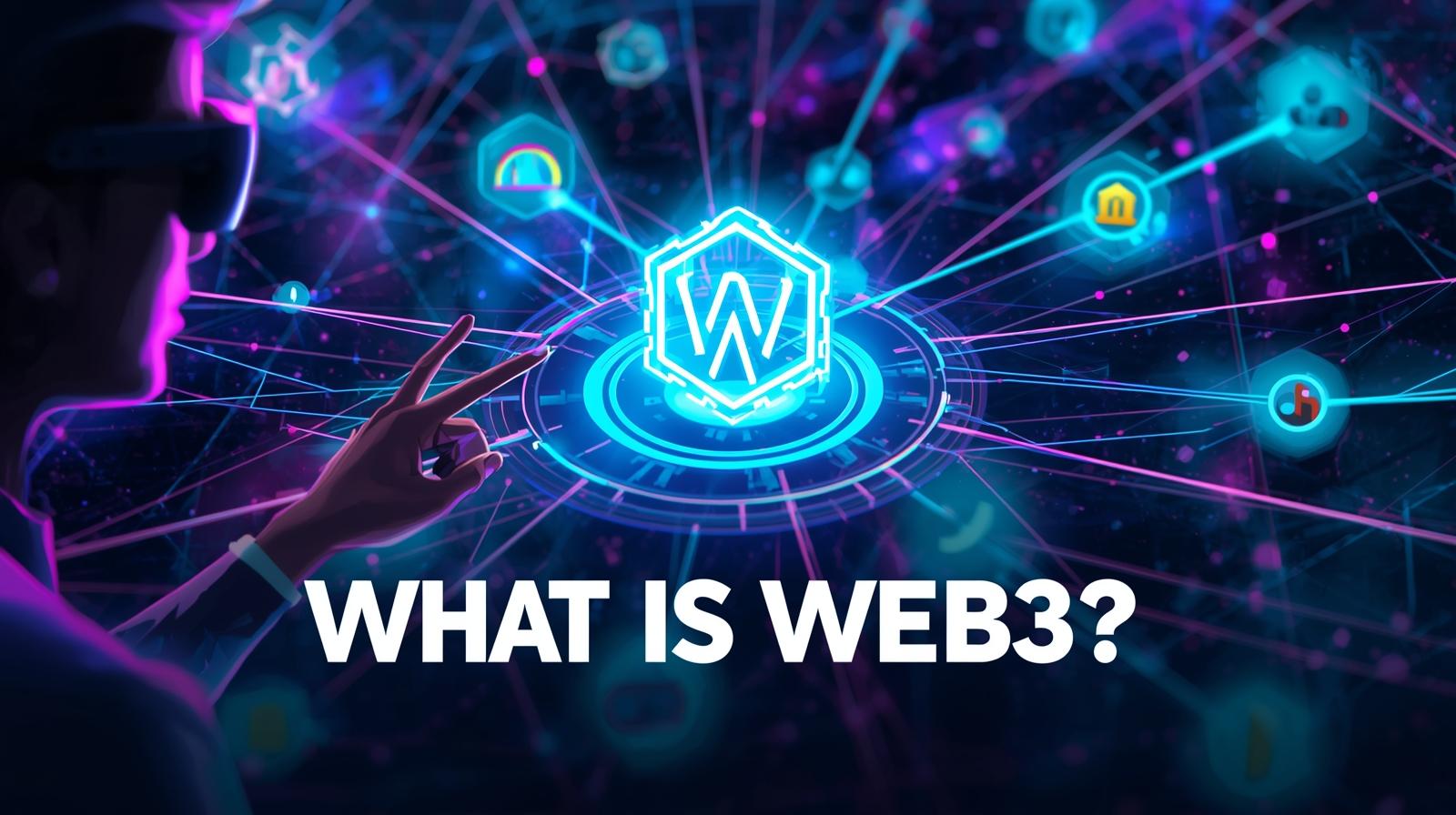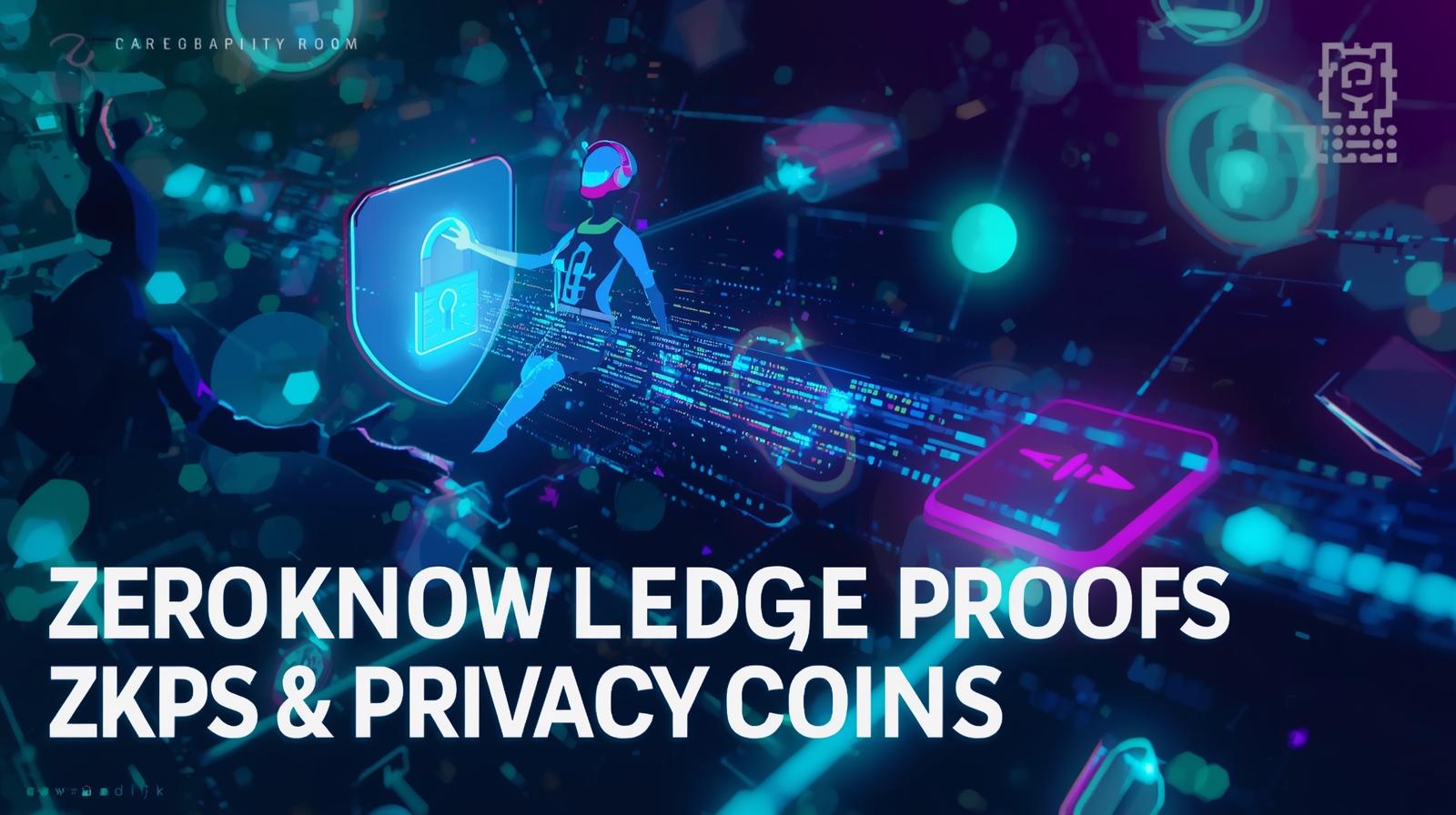In the fast-evolving world of blockchain and cryptocurrency, interoperability has become a key factor for growth. One technology enabling this connectivity is cross-chain bridges. But what exactly are they, and why are they crucial for the blockchain ecosystem? Let’s dive in.
What is a Cross-Chain Bridge?
A cross-chain bridge is a protocol that allows users to transfer digital assets, tokens, or data between two or more different blockchain networks. Traditionally, blockchains operate in silos—Bitcoin can’t natively interact with Ethereum, and Ethereum can’t talk directly to Solana. Cross-chain bridges solve this problem, creating a more interconnected ecosystem.
Think of a cross-chain bridge as a digital “bridge” connecting two islands (blockchains), allowing assets to move freely across them.
How Do Cross-Chain Bridges Work?
Cross-chain bridges typically operate in one of two ways:
- Lock-and-Mint:
- When transferring an asset from Blockchain A to Blockchain B, the bridge locks the original asset in a smart contract on Blockchain A.
- Simultaneously, it mints an equivalent asset on Blockchain B.
- This ensures the total supply remains constant and prevents double-spending.
- Burn-and-Mint:
- The original asset is “burned” or destroyed on Blockchain A.
- A new token of equal value is minted on Blockchain B.
- This is commonly used for wrapped tokens like Wrapped Bitcoin (WBTC) on Ethereum.
Why Are Cross-Chain Bridges Important?
- Enhanced Interoperability: Bridges allow assets to move seamlessly across networks, expanding the usability of tokens.
- Liquidity Expansion: By enabling assets to flow between blockchains, bridges increase liquidity in decentralized finance (DeFi) platforms.
- Innovation Enablement: Developers can leverage features from multiple blockchains to build more versatile and powerful decentralized applications (dApps).
- Cost and Speed Optimization: Users can take advantage of cheaper or faster networks for transactions while maintaining exposure to assets on another chain.
Risks Associated with Cross-Chain Bridges
While bridges provide enormous benefits, they also come with risks:
- Security Vulnerabilities: Bridges are frequent targets for hacks, as seen in several high-profile exploits.
- Smart Contract Bugs: Errors in the code can lead to irreversible loss of funds.
- Centralization Risks: Some bridges rely on centralized validators, which can undermine the decentralized ethos of blockchain.
Always use reputable bridges and double-check transaction details to minimize risks.
Popular Cross-Chain Bridges
Some widely used cross-chain bridges include:
- Wormhole: Connects Solana, Ethereum, and other chains.
- Avalanche Bridge: Facilitates transfers between Avalanche and Ethereum.
- Polygon Bridge: Enables seamless movement of assets between Ethereum and Polygon networks.
The Future of Cross-Chain Bridges
As blockchain adoption grows, cross-chain bridges will become more sophisticated, with enhanced security, faster transaction times, and greater interoperability. Emerging technologies like layer-2 scaling solutions and multi-chain dApps are already pushing the boundaries of what bridges can do.
In essence, cross-chain bridges are the highways of the blockchain world, making the ecosystem more connected, efficient, and accessible.
Conclusion
Cross-chain bridges are more than just a technical innovation—they are essential infrastructure for the future of blockchain. By connecting isolated networks, they empower developers, traders, and users to unlock new opportunities across multiple chains. As the blockchain ecosystem continues to expand, understanding and utilizing these bridges will be critical for anyone navigating the crypto space.
SEO Tags & Keywords
Keywords: Cross-Chain Bridges, Blockchain Interoperability, DeFi Bridges, Cross-Chain Transfers, Wrapped Tokens, Blockchain Connectivity, Multi-Chain dApps
Tags: #Blockchain #CrossChainBridges #DeFi #Crypto #Ethereum #Solana #Wormhole #AvalancheBridge #PolygonBridge #BlockchainInteroperability



